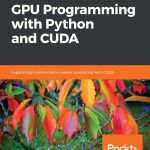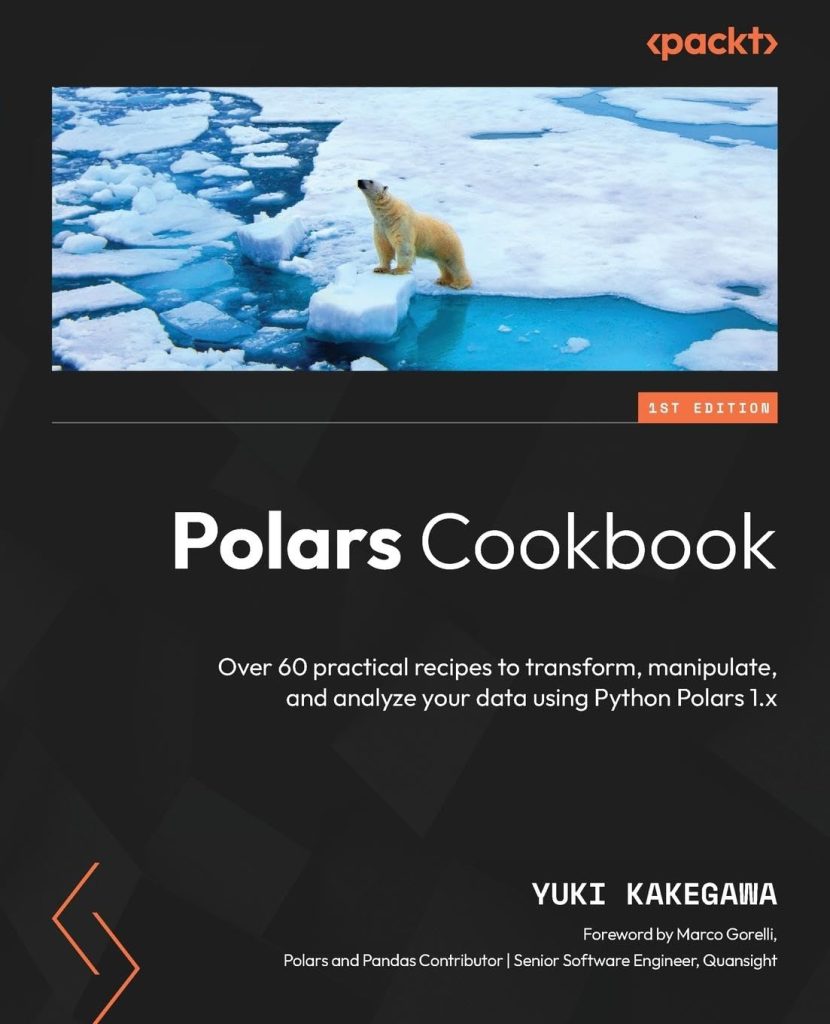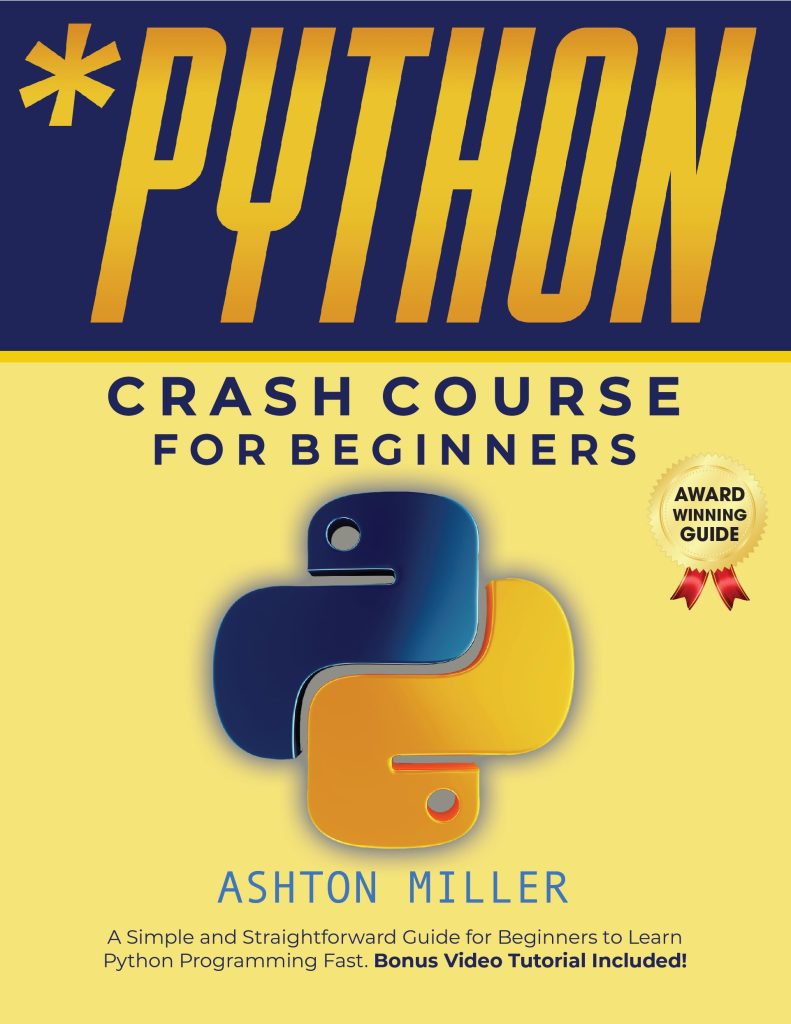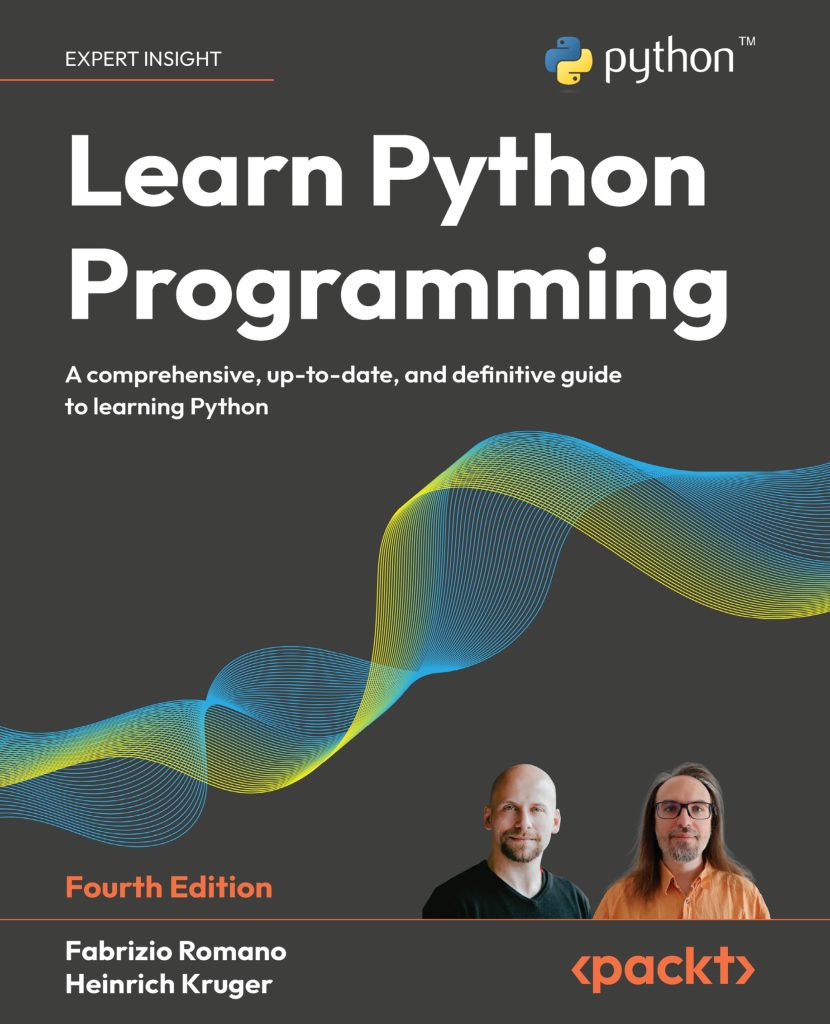
Loss functions play a critical role in the training of machine learning models by quantifying the difference between predicted values and actual values. Understanding loss functions is essential for improving model performance and ensuring its ability to generalize well to unseen data. Below, we explore various aspects of loss functions, including their definitions, types, and key characteristics.
- A loss function, also known as a cost function or objective function, measures how well the model’s predictions correspond to the actual target values. The objective of training is to minimize this loss.
- Types of Loss Functions:
- Regression Loss Functions: Used for continuous output predictions.
- A commonly used regression loss function calculated as the average of the squares of the errors.
- This loss function measures the average magnitude of errors without considering their direction.
- Classification Loss Functions: Designed for categorical output predictions.
- Used for binary classification tasks, this function measures the performance of a classification model whose output is a probability value between 0 and 1.
- Used for multi-class classification problems, it compares the predicted probability distribution of each class with the true distribution.
- Regression Loss Functions: Used for continuous output predictions.
- Key Characteristics:
- Loss functions should always return non-negative values, with a loss of zero indicating perfect predictions.
- Many loss functions are convex, which simplifies the optimization process. This means that there are no local minima to get trapped in when optimizing.
- Most loss functions are differentiable, allowing for the application of gradient-based optimization techniques.
A standard loss function implementation in Python, specifically for Mean Squared Error (MSE), can be outlined as follows:
import numpy as np
def mean_squared_error(y_true, y_pred):
return np.mean(np.square(y_true - y_pred))
# Example usage
true_values = np.array([2.0, 3.0, 5.0])
predicted_values = np.array([2.5, 2.0, 5.0])
mse = mean_squared_error(true_values, predicted_values)
print("Mean Squared Error:", mse)
Loss functions are an integral part of machine learning that significantly impacts the learning process. By selecting the appropriate loss function for specific tasks, practitioners can improve model training, performance, and generalization.
Designing Custom Loss Functions for Specific Tasks
Designing custom loss functions is essential when standard loss metrics do not adequately capture the specific goals or nuances of a machine learning task. A custom loss function allows practitioners to impose penalties or rewards based on the unique characteristics of their data, resulting in a more tailored learning process.
When creating a custom loss function, it is important to consider the following components:
- Clearly define the problem you’re solving. Is it a regression, binary classification, or multi-class classification task? Understanding the task helps in designing a suitable loss function.
- Determine the metrics by which you will evaluate the model’s performance. For example, if you want to prioritize recall over precision, your loss function should reflect this focus.
- Establish how the loss function will penalize incorrect predictions. For example, if false negatives are critical in your application, you may want to amplify their penalty.
- Ensure that the custom loss function is differentiable if you plan to use gradient-based optimization methods. This allows for smooth updates during the optimization process.
Here’s an example of implementing a custom loss function for a binary classification task that places more weight on false negatives:
import tensorflow as tf
def custom_binary_cross_entropy(y_true, y_pred):
# Apply a greater penalty to false negatives
false_negative_weight = 2.0
epsilon = tf.keras.backend.epsilon()
# Compute binary cross-entropy
bce = - (y_true * tf.math.log(y_pred + epsilon) +
(1 - y_true) * tf.math.log(1 - y_pred + epsilon))
# Weight false negatives more heavily
weighted_bce = tf.where(y_true == 1, false_negative_weight * bce, bce)
return tf.reduce_mean(weighted_bce)
# Example usage in a Keras model
model.compile(optimizer='adam', loss=custom_binary_cross_entropy, metrics=['accuracy'])
In this implementation, the custom loss function `custom_binary_cross_entropy` applies a heavier penalty for false negatives, which is critical in scenarios where failing to detect a positive class can have severe consequences. The `tf.where` function dynamically weights the loss based on the true labels.
Custom loss functions can also be useful in multi-task learning scenarios where the model is required to predict multiple outputs. Each output might benefit from its own tailored approach to loss calculation.
For instance, consider an image classification model that not only predicts the category of an image but also predicts the bounding box of an object within it. The loss function could combine a categorical cross-entropy loss for classification and a smooth L1 loss for localization. Here’s a simpler implementation:
def combined_loss(y_true_class, y_pred_class, y_true_box, y_pred_box):
# Categorical cross-entropy for classification
class_loss = tf.keras.losses.categorical_crossentropy(y_true_class, y_pred_class)
# Smooth L1 loss for bounding box regression
box_loss = tf.reduce_mean(tf.where(tf.abs(y_true_box - y_pred_box) < 1,
0.5 * tf.square(y_true_box - y_pred_box),
tf.abs(y_true_box - y_pred_box) - 0.5))
return class_loss + box_loss
# Example usage: Assuming y_true_class and y_pred_class are one-hot encoded
model.compile(optimizer='adam', loss=lambda y_true, y_pred: combined_loss(y_true_class=y_true[0],
y_pred_class=y_pred[0],
y_true_box=y_true[1],
y_pred_box=y_pred[1]))
By effectively designing custom loss functions, practitioners can improve their models’ performance by directly addressing the objectives and constraints relevant to their specific applications.
The Role of Regularization in Machine Learning
Regularization techniques are pivotal in machine learning as they help prevent overfitting, ensuring that a model generalizes well to unseen data. Overfitting occurs when a model learns the noise and details of the training data to the extent that it negatively impacts the model’s performance on new data. That’s particularly common in complex models with a high number of parameters, where the model may effectively memorize the training dataset instead of learning the underlying patterns.
Types of Regularization Techniques:
- This technique adds a penalty equal to the absolute value of the magnitude of coefficients. It can drive some feature weights to zero, effectively performing feature selection.
- Unlike L1, L2 regularization adds a penalty equal to the square of the magnitude of coefficients. This results in a smaller number of features being utilized without necessarily eliminating any, making it suitable when all features are believed to contribute to the target.
- Dropout is a technique primarily used in neural networks, where randomly selected neurons are ignored during training. This encourages the network to create more robust features that are useful in conjunction with others and prevents over-reliance on any single neuron.
- This technique involves monitoring the performance of a model on a validation set and stopping training once performance stops improving. By doing this, you can often find a more generalized model.
Understanding Regularization Strength:
The effectiveness of regularization methods often depends on the choice of hyperparameters. For instance, in L1 and L2 regularization, a regularization strength parameter (~λ) determines how much penalty is applied to the loss function. A higher value of λ corresponds to a larger penalty, which can help in reducing overfitting but may also lead to underfitting if set excessively high. Striking the right balance very important for optimal model performance.
A simple implementation of L2 regularization in Python using a linear regression model could look as follows:
import numpy as np
from sklearn.linear_model import Ridge
# Generate some data
X = np.random.rand(100, 10)
y = X @ np.array([2, -1, 0.5, 0, 0, 1, -0.5, 0, 2, -2]) + np.random.randn(100) * 0.1
# Train a Ridge Regression model
ridge_model = Ridge(alpha=1.0) # Alpha is the regularization strength
ridge_model.fit(X, y)
# Coefficients of the model
print("Ridge Coefficients:", ridge_model.coef_)
Impact of Regularization on Model Performance:
Regularization not only affects the training process but also plays a vital role in hyperparameter tuning and model evaluation. Evaluating different regularization strengths and types can help identify the optimal approach for a specific dataset. This evaluation often involves using cross-validation to ensure the model’s performance is robust across different subsets of the dataset.
In addition to the mentioned techniques, ponder incorporating ensembles of models as a form of implicit regularization. Techniques such as Random Forests or Gradient Boosting Models benefit from the way they aggregate predictions from numerous weak learners, inherently providing a form of regularization.
By recognizing the importance of regularization and effectively applying these techniques, practitioners can enhance their models, making them not only more accurate but also more resilient to various forms of data irregularities. Regularization thus plays an important role in achieving a balance between bias and variance, optimizing model manifold, and ultimately delivering better-performing machine learning solutions.
Techniques for Implementing Advanced Regularization
Implementing advanced regularization techniques can significantly enhance the performance and robustness of machine learning models. These techniques complement standard regularization methods by offering various approaches to mitigate overfitting and improve generalization. Below are several effective techniques that can be employed in practice:
- Adding weight penalties to the loss function can help control the complexity of the model. For example, combining both L1 and L2 regularization (ElasticNet) allows using the benefits of both methods, facilitating feature selection while maintaining some features’ contributions.
- By artificially expanding the training dataset through transformations (flipping, rotation, scaling), data augmentation introduces variability that helps the model generalize better to unseen data. This technique is particularly useful in image classification tasks.
- Designing the model architecture by choosing fewer parameters, using fewer layers in deep learning, or limiting neuron counts can naturally impose a form of regularization. Techniques like depthwise separable convolutions are an example of reducing model complexity in CNNs while maintaining performance.
- Using methods like recursive feature elimination or regularization methods to identify and retain only the most significant features in a model helps in reducing overfitting as well because fewer features lead to a simpler model.
- Introducing noise to the input data during training can make the model more resilient to small perturbations in the input space. Techniques like Gaussian noise addition during training provide a way to help models learn more robust features.
- A technique where training examples are created by mixing two or more samples and their targets. This leads to a smoother decision boundary and can provide substantial improvements in performance and robustness while providing a regularization effect.
Below is an example of how to implement ElasticNet regularization in Python using the scikit-learn library:
import numpy as np
from sklearn.linear_model import ElasticNet
# Generate some synthetic data
X = np.random.rand(200, 10)
y = 3 * X[:, 0] + np.random.randn(200) * 0.1
# Train an ElasticNet model
elastic_net_model = ElasticNet(alpha=1.0, l1_ratio=0.5) # alpha is the regularization strength; l1_ratio controls L1 vs L2
elastic_net_model.fit(X, y)
# Coefficients of the model
print("ElasticNet Coefficients:", elastic_net_model.coef_)
Another example addresses data augmentation for image datasets using the Keras library:
from tensorflow.keras.preprocessing.image import ImageDataGenerator
# Initialize DataGenerator with augmentation options
datagen = ImageDataGenerator(
rotation_range=40,
width_shift_range=0.2,
height_shift_range=0.2,
shear_range=0.2,
zoom_range=0.2,
horizontal_flip=True,
fill_mode='nearest'
)
# Example usage with an image
# Assuming `img` is a 4D tensor with shape (1, height, width, channels)
# datagen.flow(img, batch_size=1)
By incorporating these advanced regularization techniques, practitioners can enhance their models’ performance, leading to better generalization on unseen data. The choice of which techniques to implement depends on the specific model and problem characteristics, but employing a combination of them can lead to significant improvements in model resilience to overfitting.
Comparing Custom Loss Functions with Standard Loss Metrics
When comparing custom loss functions with standard loss metrics, several important factors come into play, including the specific requirements of the task, the nature of the dataset, and the overall performance of the predictive model. While standard loss functions are typically robust and widely applicable, custom loss functions can be tailored to better reflect the unique aspects of a given problem, allowing for enhanced optimization.
One crucial aspect to keep in mind is how different loss functions affect the training dynamics of a model. Standard loss metrics, such as Mean Squared Error (MSE) for regression tasks or Binary Cross-Entropy for classification, aim to minimize the average prediction error. However, they may not account for specific objectives that a practitioner might prioritize, such as ensuring a lower false positive rate or emphasizing recall in a classification scenario.
- Performance Evaluation:
The evaluation of custom loss functions often requires rigorous benchmarking against standard metrics. This can involve using cross-validation methods to ensure that results are consistent across different subsets of data. Analyzing performance in terms of accuracy, precision, recall, or F1-score alongside the chosen loss function can provide insights into its effectiveness.
- Optimization Behavior:
Custom loss functions can lead to different optimization landscapes, which may assist in overcoming issues such as the vanishing gradient problem or local minima traps. They can inherently guide a model’s training process towards specific types of error reduction that are more pertinent to the application at hand.
- Real-world Applicability:
In fields such as finance, healthcare, or autonomous driving, the costs of different types of errors can vary significantly. Custom loss functions can be designed to penalize errors in a way that mimics real-world consequences, thereby bridging the gap between model performance and practical application effectiveness.
To illustrate the comparison, let’s consider an example where we analyze the performance of a standard binary cross-entropy loss function against a custom loss function tailored to minimize false negatives:
import tensorflow as tf
def binary_cross_entropy_loss(y_true, y_pred):
return tf.keras.losses.binary_crossentropy(y_true, y_pred)
def custom_binary_cross_entropy(y_true, y_pred):
false_negative_weight = 2.0
epsilon = tf.keras.backend.epsilon()
bce = - (y_true * tf.math.log(y_pred + epsilon) +
(1 - y_true) * tf.math.log(1 - y_pred + epsilon))
weighted_bce = tf.where(y_true == 1, false_negative_weight * bce, bce)
return tf.reduce_mean(weighted_bce)
# Example comparison
model_standard = ... # Create and compile a Keras model with binary_cross_entropy_loss
model_custom = ... # Create and compile a Keras model with custom_binary_cross_entropy
# Fit both models on the same training data
model_standard.fit(X_train, y_train, epochs=10, validation_data=(X_val, y_val))
model_custom.fit(X_train, y_train, epochs=10, validation_data=(X_val, y_val))
# Evaluate performance
standard_loss = model_standard.evaluate(X_test, y_test)
custom_loss = model_custom.evaluate(X_test, y_test)
print("Standard Loss:", standard_loss)
print("Custom Loss:", custom_loss)
In this example, we set up both a standard binary cross-entropy loss function and a custom variation that emphasizes false negatives during loss computation. After training models using both approaches, one can compare their respective loss values and performance metrics to determine which function leads to a more effective model for the given application.
Ultimately, the choice of loss function—whether standard or custom—should be guided by an understanding of the specific modeling objectives, the nature of the data, and the implications of varying types of errors in real-world scenarios. A thorough analysis of the performance trade-offs will often favor custom solutions in complex or specialized tasks.
Case Studies: Success Stories with Custom Loss and Regularization
Case studies featuring the application of custom loss functions and advanced regularization techniques provide valuable insights into their effectiveness in real-world scenarios. These case studies demonstrate how practitioners have successfully tailored their approaches to address unique challenges in various fields, leading to significant improvements in model performance and generalization capabilities.
1. Medical Diagnosis
In a medical imaging context, a model tasked with classifying images as either benign or malignant might prioritize sensitivity to false negatives, as misclassifying a malignant tumour as benign could have severe consequences. By using a custom loss function that penalizes false negatives more heavily, researchers were able to improve the model’s ability to recognize subtle indicators of malignancy.
import tensorflow as tf
def medical_custom_loss(y_true, y_pred):
false_negative_weight = 3.0 # Heavier weight for false negatives
epsilon = tf.keras.backend.epsilon()
bce = - (y_true * tf.math.log(y_pred + epsilon) +
(1 - y_true) * tf.math.log(1 - y_pred + epsilon))
weighted_bce = tf.where(y_true == 1, false_negative_weight * bce, bce)
return tf.reduce_mean(weighted_bce)
# Model compilation
model.compile(optimizer='adam', loss=medical_custom_loss, metrics=['accuracy'])
This approach resulted in the model demonstrating a higher true positive rate in detecting malignant tumours while maintaining an acceptable level of false positives, ultimately leading to better clinical outcomes.
2. Autonomous Driving
In the context of autonomous vehicle navigation, one study focused on developing a model for object detection that combines classification with bounding box regression. The multi-task model utilized a custom loss function that married categorical cross-entropy for classification with IoU (Intersection over Union) for bounding box accuracy. This allowed the model to learn more effectively from both components concurrently.
def multi_task_loss(y_true_class, y_pred_class, y_true_box, y_pred_box):
class_loss = tf.keras.losses.categorical_crossentropy(y_true_class, y_pred_class)
# Calculate IoU for bounding box loss
box_loss = tf.reduce_mean(tf.square(y_true_box - y_pred_box)) # Simple squared error for demonstration
return class_loss + box_loss
# Model compilation
model.compile(optimizer='adam', loss=lambda y_true, y_pred: multi_task_loss(y_true_class=y_true[0],
y_pred_class=y_pred[0],
y_true_box=y_true[1],
y_pred_box=y_pred[1]))
Through this combined approach, the system achieved significant improvements in both classification accuracy and bounding box precision, rendering the vehicle’s object detection capabilities more reliable and safe.
3. Financial Predictions
In financial forecasting, where predicting stock price movement is essential, one study incorporated a custom loss function that emphasizes reduction in the prediction error for upward movements while penalizing downward movements less. This catering to the financial context helped shape the model’s risk management strategy effectively.
def financial_custom_loss(y_true, y_pred):
epsilon = tf.keras.backend.epsilon()
# Emphasize errors when predicting price increases
positive_loss = tf.where(y_true > y_pred, (y_true - y_pred) ** 2, 0)
negative_loss = tf.where(y_true <= y_pred, 0.1 * (y_true - y_pred) ** 2, 0)
return tf.reduce_mean(positive_loss + negative_loss)
# Model compilation
model.compile(optimizer='adam', loss=financial_custom_loss, metrics=['mean_squared_error'])
This strategy not only improved the accuracy of upward price predictions but also reduced losses in downward price movements, resulting in a more effective trading algorithm over time.
4. Image Classification
In the realm of computer vision, particularly image classification, a neural network was developed that utilized dropout as an advanced regularization technique. By randomly ignoring a fraction of neurons during training, the model learned to generalize better and avoid overfitting to the training dataset. This was particularly evident when datasets had a limited number of labeled examples.
from tensorflow.keras.models import Sequential from tensorflow.keras.layers import Dense, Dropout # Define a simple model with Dropout model = Sequential() model.add(Dense(128, activation='relu', input_shape=(input_dim,))) model.add(Dropout(0.5)) # Apply dropout with a rate of 50% model.add(Dense(num_classes, activation='softmax')) # Model compilation model.compile(optimizer='adam', loss='categorical_crossentropy', metrics=['accuracy'])
Evaluation metrics showed that the model exhibited significantly better performance on unseen validation data compared to its non-regularized counterparts, reinforcing the importance of dropout in improving model robustness.
Through these case studies, it becomes evident that confident implementation of custom loss functions and advanced regularization techniques can lead to transformative outcomes in model performance across diverse application domains. By addressing specific goals and adapting to the unique constraints of various fields, practitioners can harness these tools to elevate their machine learning solutions.






